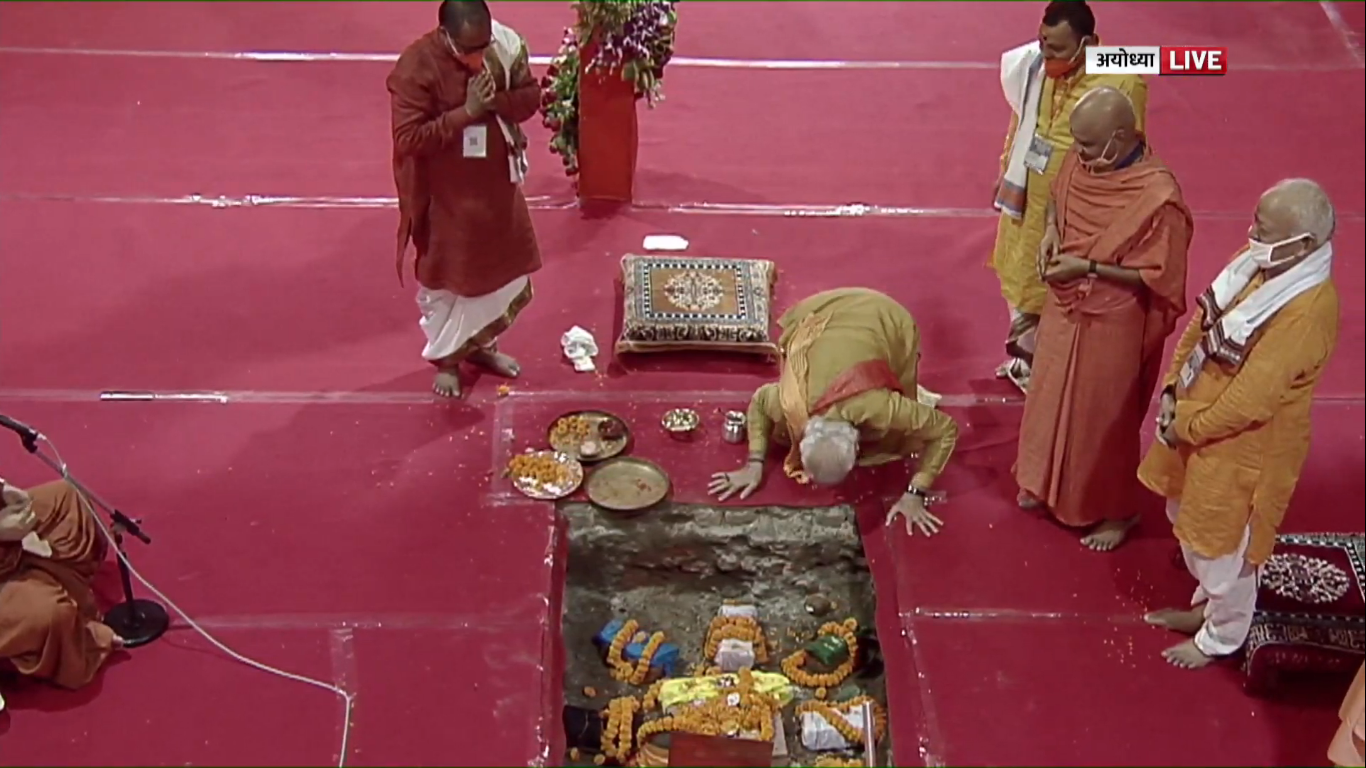New Delhi, Jul 29: Coronavirus infections in India continue to mount as the country's total case tally crossed the 15-lakh mark.
India added 48,513 fresh cases in 24 hours, taking the total tally to over 15.3 lakh, according to the Health Ministry’s 8 a.m. update on July 29.
Key Figures
Total number of confirmed coronavirus cases: 15,31,669
Active cases: 5,09,447
Cured/discharged/migrated: 9,88,029
Deaths: 34,193
Number of fresh cases in 24 hours: 48,513
One-day recoveries: 35,175
One-day deaths: 768
India’s coronavirus epidemic is growing at the fastest pace in the world, increasing 20% over the last week, according to Bloomberg’s Coronavirus Tracker. Maharashtra, Tamil Nadu, Andhra Pradesh and Karnataka are among the states where the maximum number of daily cares are being reported.
Fresh cases continued to come in at a heightened pace, hovering just below 50,000 for the last six days.
Moderna Inc.’s vaccine candidate against Covid-19 protected against the virus in a trial that inoculated 16 monkeys, an encouraging step on the path to a defense for humans against the pandemic. Pfizer Inc., however, is preparing for the novel coronavirus to endure, leading to long-term demand for a seasonal shot to protect against Covid-19.
“There is a likely scenario that either the vaccine’s immunity will not be lasting forever,” said Chief Executive Officer Albert Bourla in an interview Tuesday, “or that the virus will mutate, or that the virus will find ways to come back again and again.”
Even as the transmission rate of Covid-19 remains high in India, the pace of recovery has risen too. On Wednesday, India reported its third day of over 35,000 recoveries.
Global Update
Flare-ups in virus cases from Hong Kong to Europe are proving difficult for policy makers to wrangle. The U.S. neared 150,000 deaths from Covid-19, even as daily infections slowed in some hard-hit states. China reported 101 new cases, up from 68 a day earlier, with 98 of the total from local infections, mostly in Xinjiang.
Philippine health authorities warned that hospitals and infirmaries risk getting overwhelmed.
Globally, confirmed Covid-19 cases have topped 16.6 million with over 658,000 dead.





Comments
Add new comment